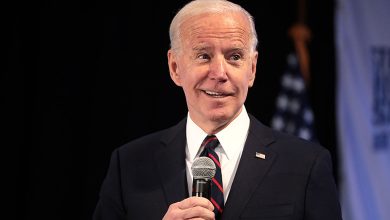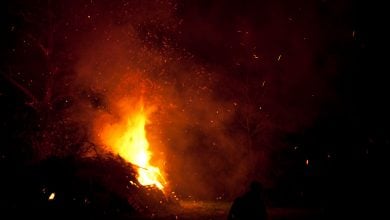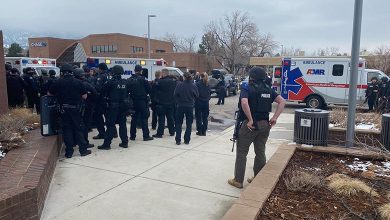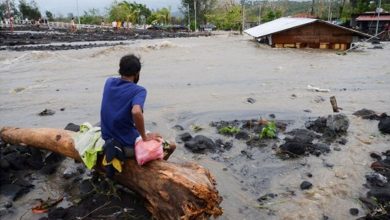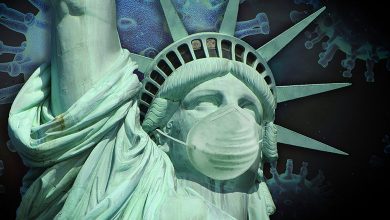
The heart of New York has been hit by a massive blackout that darkened Times Square, disrupted Broadway shows, stranded underground metro trains and paralysed traffic.
The Saturday evening disaster cut power to several hundred thousand people in the capital of the nation’s media that often mocks India and other developing countries for their infrastructure problems.
The blackout cut a swath through the midtown from the Hudson River on the west to trendy Fifth Avenue and from Madison Square Garden to the Lincoln Centre, blanketing tourist magnets like Times Square and Rockefeller Centre.
New York Governor Andrew Cuomo said that he was calling out the National Guard and sending state troopers to help the city.
About 25,000 fans of Jennifer Lopez were evacuated from her concert at the Madison Square Garden after the third song. Broadway musicals and plays were also cancelled and some artistes took their music to the streets holding impromptu concerts.
Chaos prevailed underground where five train lines were affected and thousands of passengers were stranded on the trains and in the stations before a slow evacuation began.
Citizen volunteers helped direct traffic at cross-sections after the electric signals failed disrupting vehicles.
John McAvoy, the CEO of ConEdison, the city’s private electricity company, told the media that over 73,000 connections were affected. He said that a “significant disturbance” at an electric substation triggered the power failure with the problem cascading to other substations.
McAvoy added that the incident was under investigation, but said that although there were reports of people hearing explosions, it was unlikely that there were any. The sounds were probably the massive circuit breakers tripping, he said.
New York City Police Commissioner James O’Neill at a news conference ruled out “criminality” behind the blackout.
City Council Speaker Corey Johnson told TV news stations that hospitals were running on emergency power and did not have air conditioning during the blackout.
Power was slowly being restored to affected areas more than blackouts began.
New York Mayor Bill de Blasio, who was away in Iowa campaigning for the Democratic Party’s presidential nomination, was rushing back to the city as he was being upstaged by local political rivals.
Saturday was the 42nd anniversary of the legendary citywide blackout which lasted 25 hours and the city was torn by rioting and looting. The 1977 disaster with the public disorder marked a point of decline of the city that took it several decades to recover from.
The entire north-east region of the US suffered a blackout in 2003 that lasted several days. But there were no law and order problems in New York at that time or this.
The US suffers from ageing infrastructure, especially in older cities like New York.
In very hot summer days, New York has rolling blackouts in the outer boroughs with the city unable to keep up with the demand. Fires and explosions in the underground conduits for electric and other utilities happen frequently sending manhole covers shooting up and causing blackouts.
Such an underground electric utility explosion recently in April in the midtown area injured six people and caused the evacuation of several buildings.
Despite the embarrassing reminders of just plain equipment failure or ageing infrastructure in the wealthy nation causing large scale power blackouts, the US media puts an ominous spin when it comes to India or other developing countries.
After the 2012 blackout in India, The New York Times wrote disparagingly, “For a country considered a rising economic power, Blackout Tuesday – which came only a day after another major power failure – was an embarrassing reminder of the intractable problems still plaguing India”.




